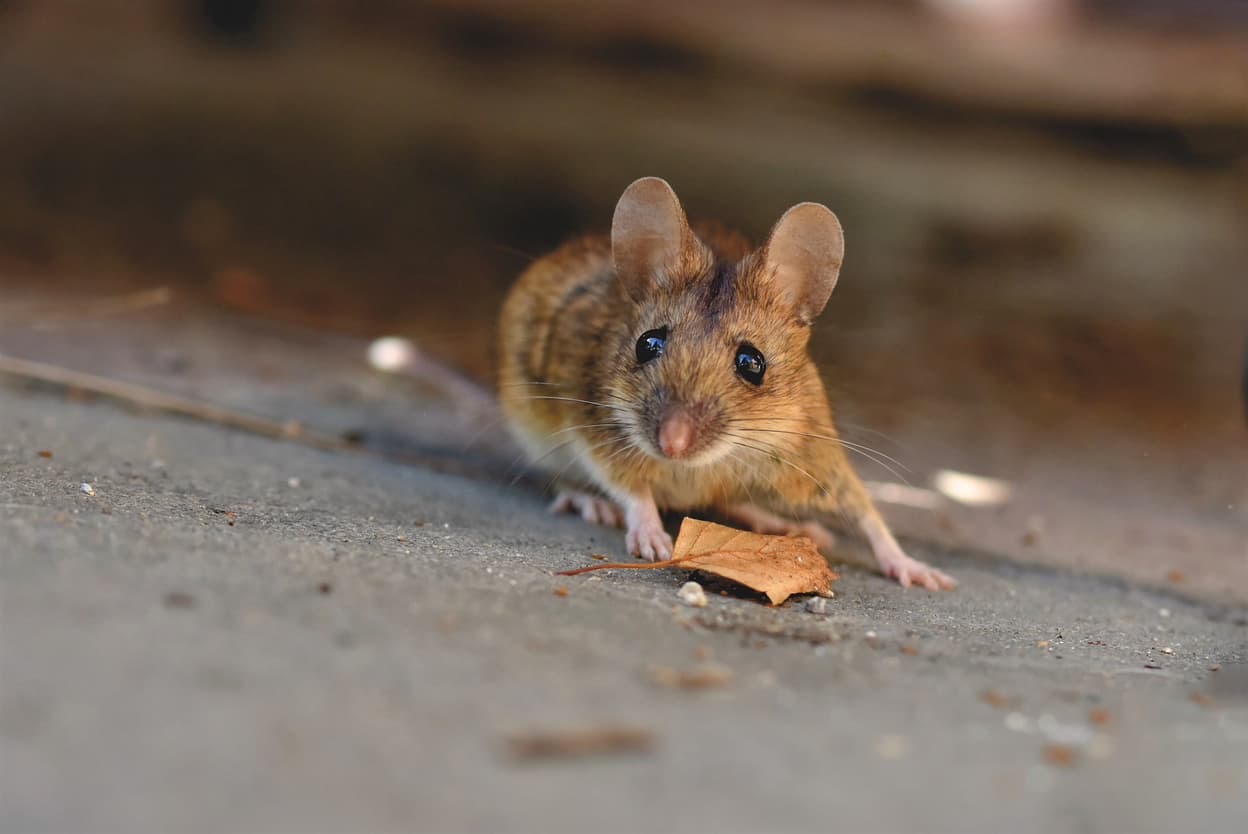

Articles
What Do Mice Eat In The Attic
Modified: January 18, 2024
Discover what articles mice in the attic feed on and learn effective methods to prevent them from causing damage to your home.
(Many of the links in this article redirect to a specific reviewed product. Your purchase of these products through affiliate links helps to generate commission for Storables.com, at no extra cost. Learn more)
Introduction
Having mice in your attic can be a nuisance and a health risk. These small rodents are resourceful scavengers and can find food in unexpected places. Understanding what mice eat in the attic is crucial in effectively dealing with an infestation and preventing further problems.
In this article, we will explore the common food sources for mice in the attic, ranging from natural materials to human food items. We will also discuss the potential hazards of a mouse infestation in your attic and provide tips on preventing mice from accessing food in this space.
By the end of this article, you will have a better understanding of what draws mice to your attic and how to deter them from finding a food source.
Key Takeaways:
- Mice are attracted to the attic due to shelter, warmth, and abundant food sources, including natural materials, human food items, and even non-food items. Understanding these attractions is crucial for effective prevention and control.
- Preventing mice from accessing food in the attic is essential to deter infestations and protect your home. Properly storing food, sealing entry points, and maintaining a clean, well-ventilated environment are key preventive measures.
Read more: What Do Mice In The Attic Sound Like
Why Are Mice Attracted to the Attic?
The attic is an enticing place for mice due to various factors that make it an ideal habitat. Understanding the reasons behind their attraction can help you better address the issue.
Firstly, the attic provides mice with shelter and protection. It is typically less frequented by humans, offering a quiet and undisturbed environment for them to nest and reproduce. The insulation, boxes, and other stored items in the attic also provide cozy hiding spots and nesting materials.
Furthermore, attics often have convenient entry points for mice, such as gaps or cracks in the walls, vents, or openings around utility lines. These small rodents, with their nimble bodies, can easily squeeze through tiny openings and find their way inside.
In addition to shelter, the attic also offers a suitable temperature for mice. It tends to be warmer than the outside environment, making it an attractive place for them, particularly during colder seasons. Mice are seeking a warm place to nest and raise their offspring, and the attic fits the bill perfectly.
Another crucial factor that draws mice to the attic is the presence of potential food sources. Mice are opportunistic eaters and can find sustenance in various materials commonly found in attics. From natural items to human food sources, there is an abundance of options for them to feed on within the attic’s confines.
Now that we understand why mice are attracted to the attic, let’s delve into the specific food sources that entice them in this space.
Common Food Sources for Mice in the Attic
Mice are resourceful creatures and can find food in unexpected places. In the attic, there are several common food sources that attract mice:
- Natural materials: The attic often contains natural materials such as insulation, cardboard boxes, wooden beams, and old newspapers. Mice will chew on these materials to build their nests, especially if they can find bits of food residue on them.
- Insects and pests: If your attic has an existing insect or pest problem, mice will be attracted to it. They will feed on insects, spiders, and other small creatures that may be present in the attic.
- Bird or rodent feed: If you store birdseed or pet food in your attic, mice will gladly help themselves to these food sources. Make sure these items are stored in tightly sealed containers to deter mice from accessing them.
- Fruit and nuts: If you have fruit-bearing trees near your home, fallen fruits can entice mice to venture into the attic. Similarly, if you store nuts or dried fruits in the attic, mice will be attracted to them.
- Unattended food items: If you have left food or snacks in the attic, whether intentionally or unintentionally, mice will seize the opportunity to feast on them. It’s crucial to keep all food items properly sealed and stored away to prevent attracting mice.
Mice have keen senses of smell and can detect food sources even from a distance. They are also skilled climbers, allowing them to access elevated areas where food might be stored or forgotten. This makes it important to be aware of these common food sources and take steps to prevent mice from accessing them in the attic.
In the next section, we will discuss both natural foods found in the attic and human food sources that mice are attracted to.
Natural Foods Found in the Attic
The attic is home to a variety of natural materials that mice can use as a food source. While these materials may not be intentionally stored or consumed by humans, mice are resourceful in finding sustenance from them:
- Insulation: Attics are typically insulated with materials such as fiberglass, cellulose, or foam. Mice can chew through insulation to create pathways or nests, and they may even consume small amounts of it for its nutritional content.
- Cardboard boxes and paper: Mice are known to chew on cardboard boxes, which can provide them with both nesting material and potential food sources. Old papers or cardboard that contain food stains or residue can be particularly attractive to mice.
- Wood: Mice may gnaw on wooden beams, panels, or support structures in the attic. They do this for various reasons, including maintaining their teeth length and accessing the fungus that grows on wood surfaces.
- Plant matter: If you have plants or herbs stored in the attic, mice may nibble on the leaves or stems. Certain plants may be more enticing to mice, so it is important to monitor them and take necessary precautions.
- Insects and spiders: The attic provides a suitable environment for insects and spiders to thrive. Mice will gladly feed on these small creatures if they are present in the attic, as they provide a source of protein for the rodents.
It is important to note that while these natural materials can serve as food sources for mice, they may not be their primary dietary choice. Mice are opportunistic eaters and will consume whatever is readily available to them.
In the next section, we will explore the human food sources that mice are attracted to in the attic and the potential hazards associated with these infestations.
Human Food Sources in the Attic
While natural materials may provide some sustenance for mice in the attic, they are also drawn to human food sources. Mice have a keen sense of smell and can detect the presence of food even from a distance. Here are some common human food sources that can attract mice in the attic:
- Unsealed food containers: If you store food in the attic, make sure it is tightly sealed in containers that mice cannot access. Mice can chew through plastic or cardboard packaging to get to the food inside.
- Leftover crumbs: Even the tiniest food crumbs left behind can be enticing to hungry mice. Make sure to regularly clean and vacuum the attic to remove any food debris that could attract them.
- Unattended pet food: If you keep pet food in the attic, make sure it is stored in airtight containers. Mice are attracted to the smell of pet food and will consume it if given the opportunity.
- Stored pantry items: If you have non-perishable food items stored in the attic, such as canned goods or dry goods, ensure they are securely sealed. Mice can gnaw through packaging to access the contents.
- Trash or garbage: If you have a garbage can or trash bags in the attic, ensure they are tightly sealed. Mice are opportunistic feeders and will scavenge whatever food waste they can find.
It is crucial to eliminate any food sources in the attic to discourage mice from infesting the space. Properly sealing and storing food items in airtight containers is essential to prevent mice from accessing and contaminating your food supplies.
In the next section, we will discuss non-food items that mice can consume in the attic and the potential hazards associated with a mouse infestation in this space.
Seal up any entry points to prevent mice from entering the attic, and remove any potential food sources such as bird seed or pet food. This will help deter mice from making a home in your attic.
Read more: How Do Mice Get Into The Attic
Non-Food Items Mice Can Consume in the Attic
Mice are known for their ability to find sustenance in unexpected places. In addition to natural and human food sources, they are capable of consuming non-food items found in the attic. Here are some examples:
- Plastic and rubber: Mice have strong teeth that continuously grow, so they may chew on plastic or rubber items in the attic to help keep their teeth at an appropriate length. This could include electrical wiring insulation, PVC piping, or even children’s toys.
- Clothing and fabrics: Mice can also nibble on clothing, bedding, or other fabric materials in the attic. They may use these materials to build their nests, and if they find any food residues on fabrics, they may consume them as well.
- Paper and books: Mice may chew on paper, books, or cardboard boxes in the attic. While their primary purpose is not for consumption, they may consume small amounts of these materials if they contain food residue or if they are seeking additional fiber in their diet.
- Soap and personal care products: In rare cases, mice may be attracted to the scent or taste of certain soaps or personal care products. They may chew on these items, particularly if they contain food-related ingredients.
It is important to note that while mice may consume non-food items in the attic, their primary dietary needs are typically met through natural and human food sources. However, their chewing behavior can lead to significant damage to your attic and its contents.
In the next section, we will discuss the potential hazards associated with a mouse infestation in the attic and provide tips on preventing mice from accessing food in this space.
Potential Hazards of Mice Infestation in the Attic
A mouse infestation in the attic can pose various hazards to both your health and the structural integrity of your home. It is important to be aware of these potential risks in order to take proactive measures to address the issue. Here are some hazards associated with a mice infestation in the attic:
- Contamination of food and surfaces: Mice are known carriers of bacteria, viruses, and parasites. Their droppings, urine, and saliva can contaminate food and surfaces in the attic, posing a risk of foodborne illnesses and the spread of diseases.
- Allergies and respiratory issues: The presence of mice in the attic can exacerbate allergies and respiratory problems for individuals who are sensitive to their dander, urine, or feces. The release of airborne particles from these substances can contribute to indoor air pollution.
- Structural damage: Mice have strong teeth and an instinctual need to chew to maintain the length of their incisors. As a result, they can cause significant damage to the attic’s insulation, wiring, wooden beams, and other structural components, potentially compromising the overall integrity of your home.
- Fire risk: Mice gnawing on electrical wires in the attic can create a fire hazard. Damaged wires can short-circuit and cause electrical malfunctions, putting your home at risk of a fire.
- Increased population and breeding: Mice are prolific breeders and can multiply rapidly. Without intervention, a small infestation in the attic can quickly grow into a larger population, making it more challenging to eradicate the problem.
These potential hazards highlight the importance of taking immediate action to address a mouse infestation in the attic. Not only can it protect your health and well-being, but it can also prevent costly structural damage to your home.
In the next section, we will provide tips on preventing mice from accessing food in the attic, which is crucial for deterring them from infesting this space.
Preventing Mice from Accessing Food in the Attic
Preventing mice from accessing food in the attic is essential to discourage their infestation and protect your home. By implementing these preventive measures, you can minimize the attraction of mice to this space and reduce the likelihood of an infestation:
- Store food properly: Ensure that all food items in the attic are stored in sealed containers made of glass, metal, or thick plastic. This will prevent mice from easily accessing and contaminating your food supplies.
- Keep a clean attic: Regularly clean and vacuum the attic to remove any food crumbs, spills, or debris. Mice are attracted to even the smallest traces of food, so maintaining a clean environment will help deter them.
- Seal entry points: Inspect the attic for any gaps, cracks, or openings that mice can use to enter. Use caulk, steel wool, or other suitable materials to seal these entry points and prevent mice from gaining access to the attic.
- Secure garbage and trash cans: If you need to store trash or garbage in the attic temporarily, ensure the containers are tightly sealed. Consider using heavy-duty containers with secured lids to prevent mice from accessing waste food.
- Remove potential nesting materials: Keep the attic tidy and free of clutter, especially items that mice can use for nesting, such as cardboard boxes, paper, or fabrics. If you must store these materials, seal them in plastic bags or containers to make them less attractive to mice.
- Trim tree branches: If you have trees near your home, ensure that tree branches are trimmed away from the roof and attic to prevent easy access for mice.
- Maintain a well-ventilated attic: Proper ventilation can help reduce the humidity levels in the attic, making it less appealing for mice. Consider installing vents and fans to improve airflow and discourage their presence.
- Consider professional pest control: If you have a persistent mouse infestation in the attic, it may be necessary to seek help from professional pest control services. They can provide effective solutions to remove the mice and implement preventive measures to keep them from returning.
By following these preventive measures, you can create an environment in your attic that is less attractive to mice, reducing the chances of a infestation. Proactive prevention is key to maintaining a mouse-free attic.
As we wrap up, it is important to remember that mice are resourceful creatures, so it is crucial to stay vigilant and address any signs of infestation promptly. By taking these preventive steps, you can protect your home, health, and peace of mind.
stay safe and happy rodent-free!
Conclusion
Dealing with a mouse infestation in the attic can be a frustrating and potentially hazardous situation. Understanding what attracts mice to the attic and the food sources they seek is crucial in effectively addressing the issue.
We have explored the common food sources for mice in the attic, ranging from natural materials to human food items. Mice are resourceful creatures and can find sustenance in unexpected places. They can consume items such as insulation, cardboard, insects, pet food, and even non-food items like plastic and rubber.
Having mice in the attic not only poses health risks but can also lead to structural damage in your home. Contamination of food and surfaces, allergies, respiratory issues, fire hazards, and the potential for rapid population growth are all potential hazards associated with a mouse infestation.
Preventive measures are crucial in deterring mice from accessing food in the attic. Properly storing food, keeping the attic clean, sealing entry points, securing garbage, removing potential nesting materials, trimming tree branches, maintaining ventilation, and, if necessary, seeking professional pest control assistance are all essential steps to prevent mice from infesting the attic.
By following these preventive measures and taking immediate action at the first signs of infestation, you can protect your home, health, and overall well-being. Remember to stay vigilant and keep up with regular inspections and maintenance to ensure a mouse-free attic.
Thank you for reading this comprehensive guide on what mice eat in the attic. Stay safe, rodent-free, and enjoy a peaceful living environment.
Frequently Asked Questions about What Do Mice Eat In The Attic
Was this page helpful?
At Storables.com, we guarantee accurate and reliable information. Our content, validated by Expert Board Contributors, is crafted following stringent Editorial Policies. We're committed to providing you with well-researched, expert-backed insights for all your informational needs.
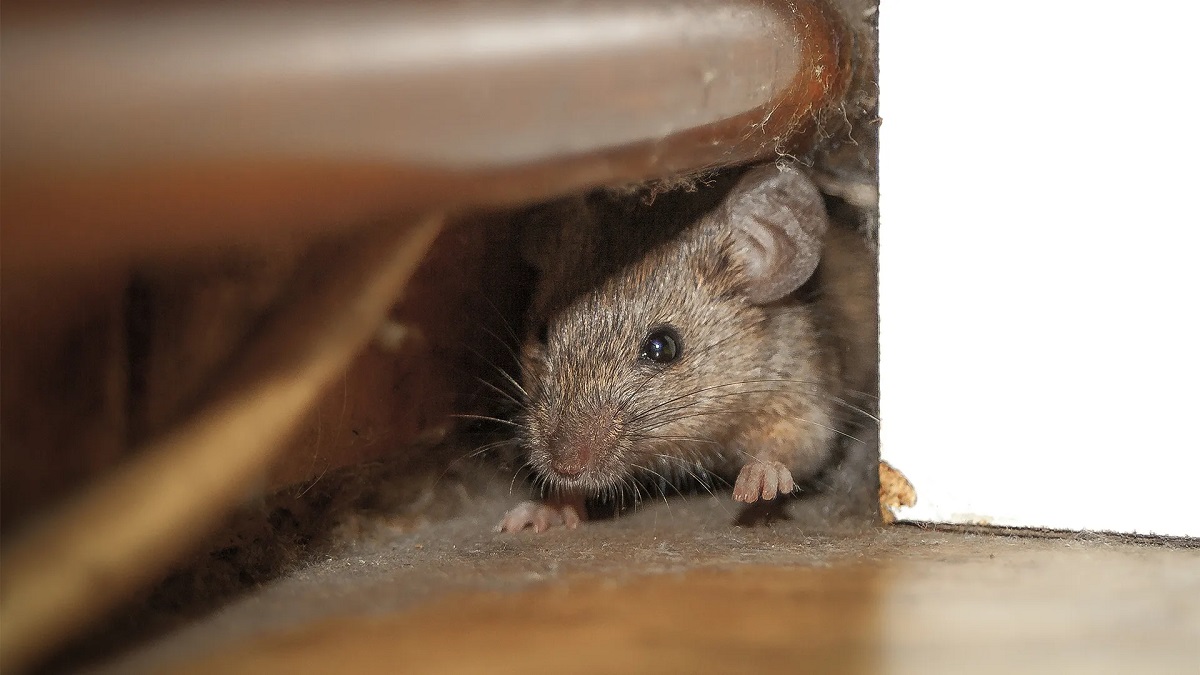

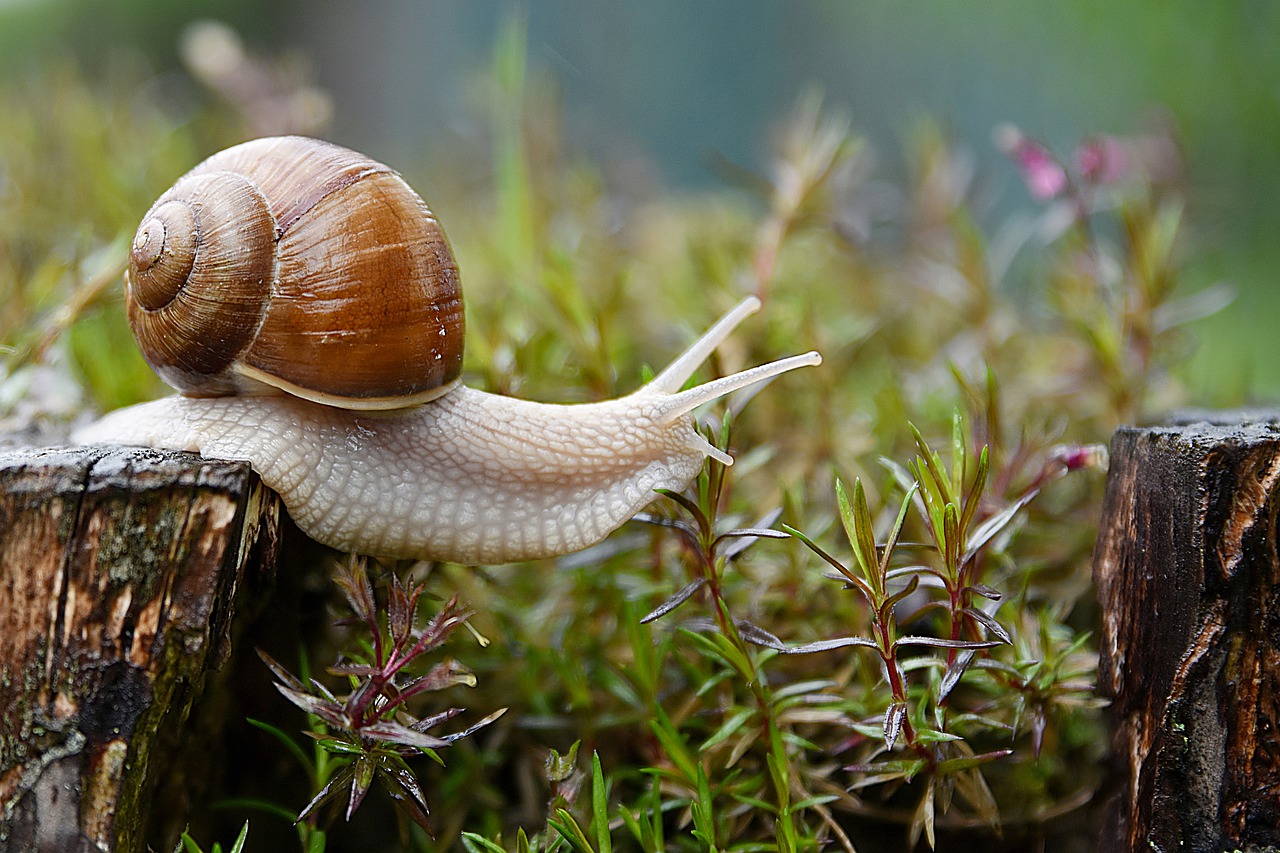
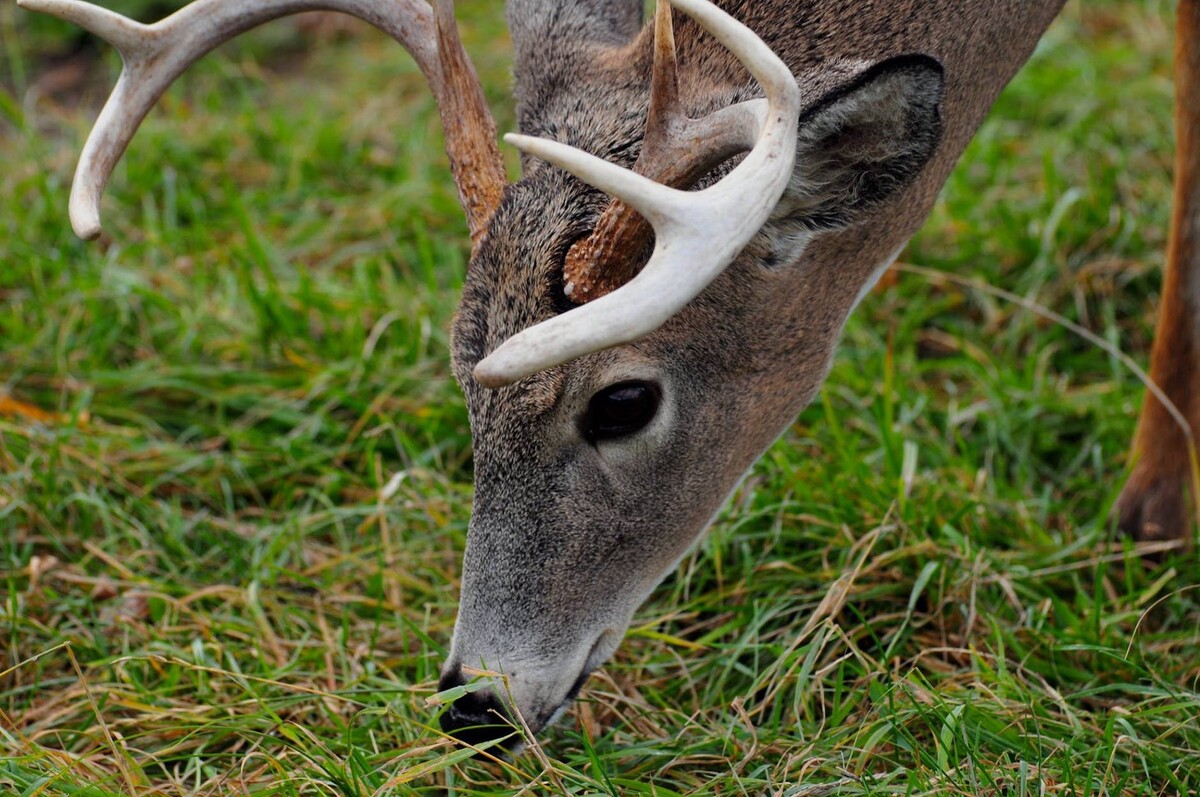
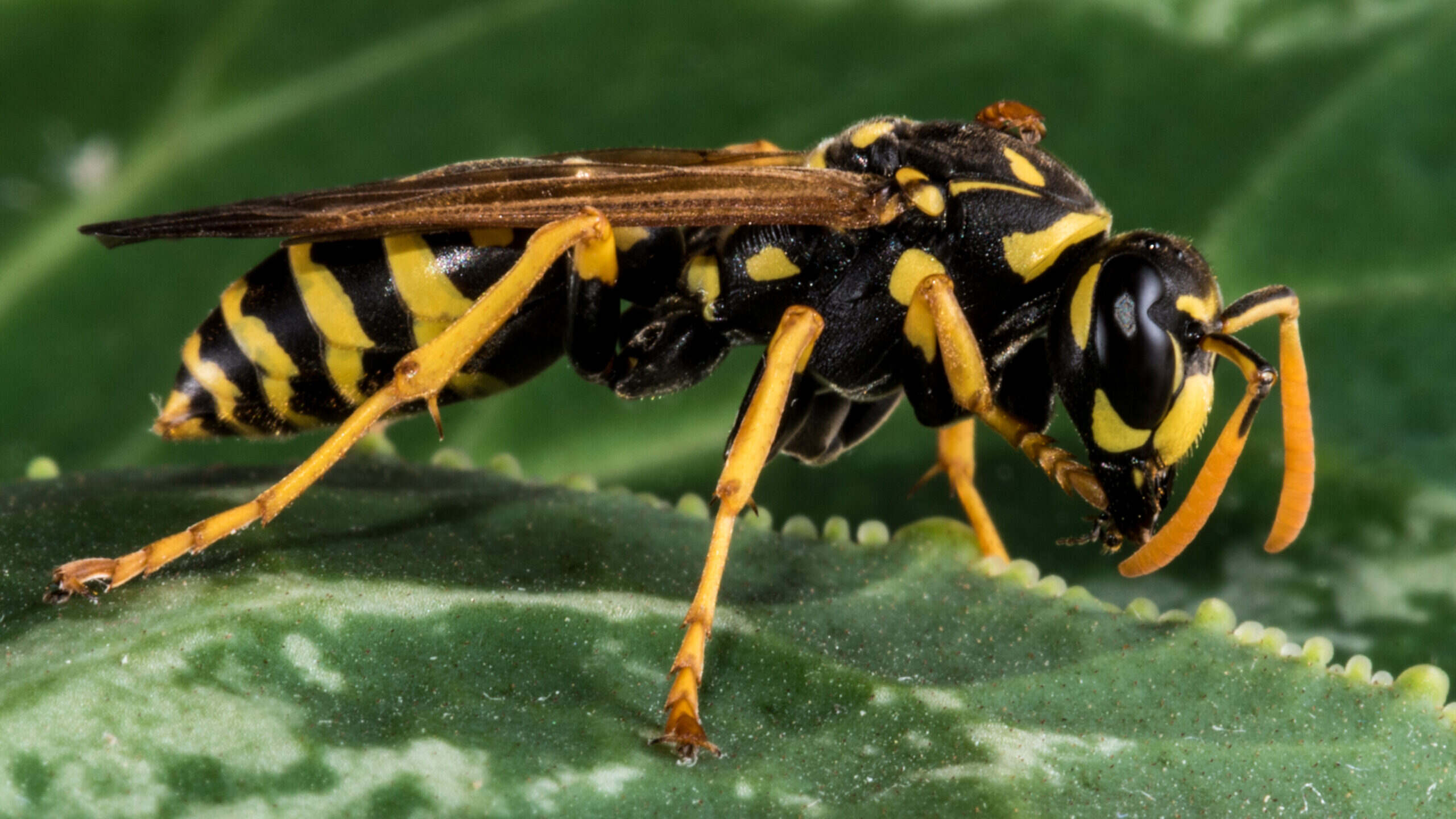
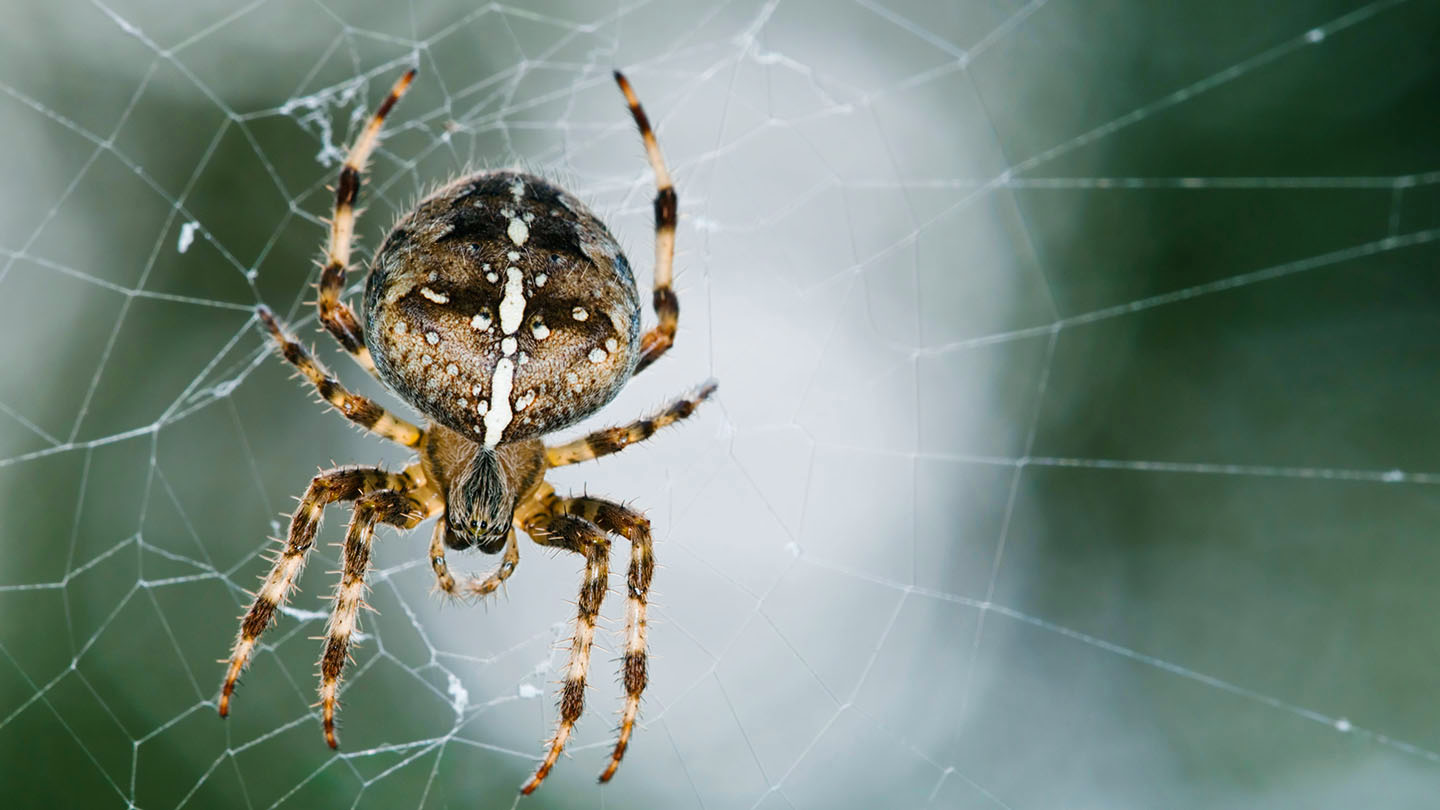

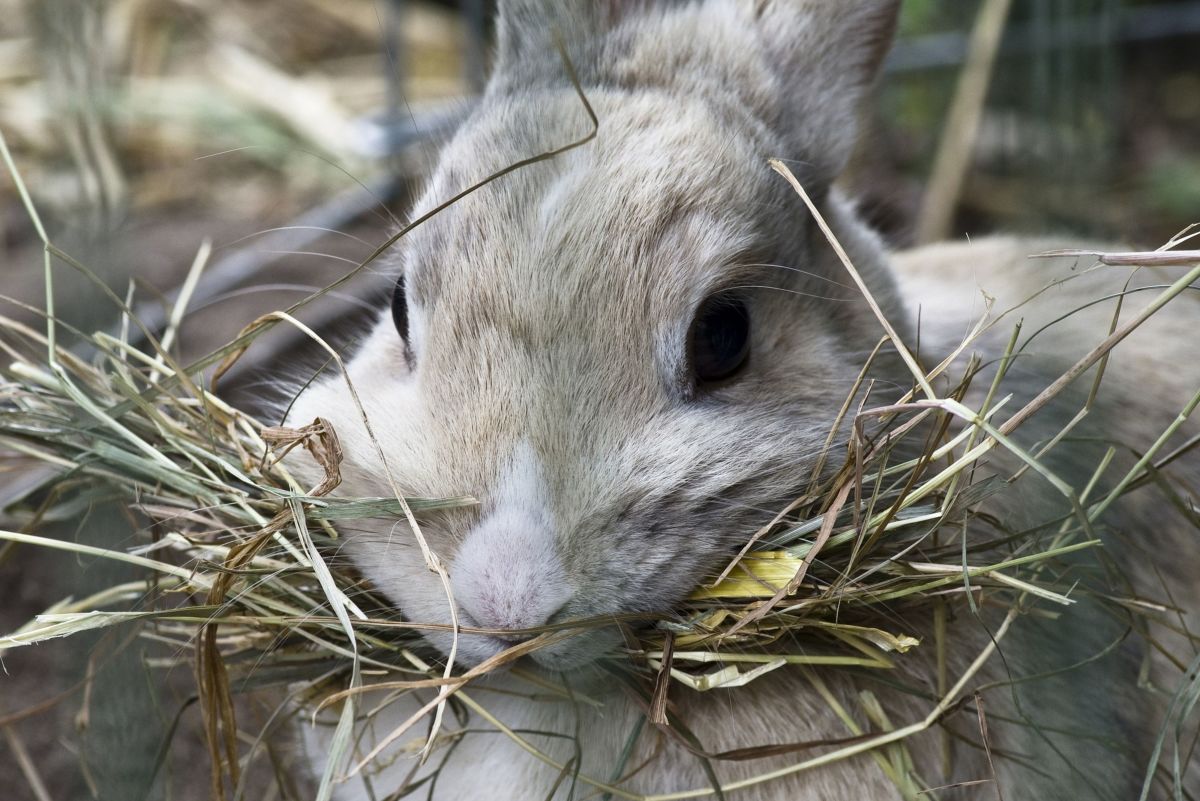
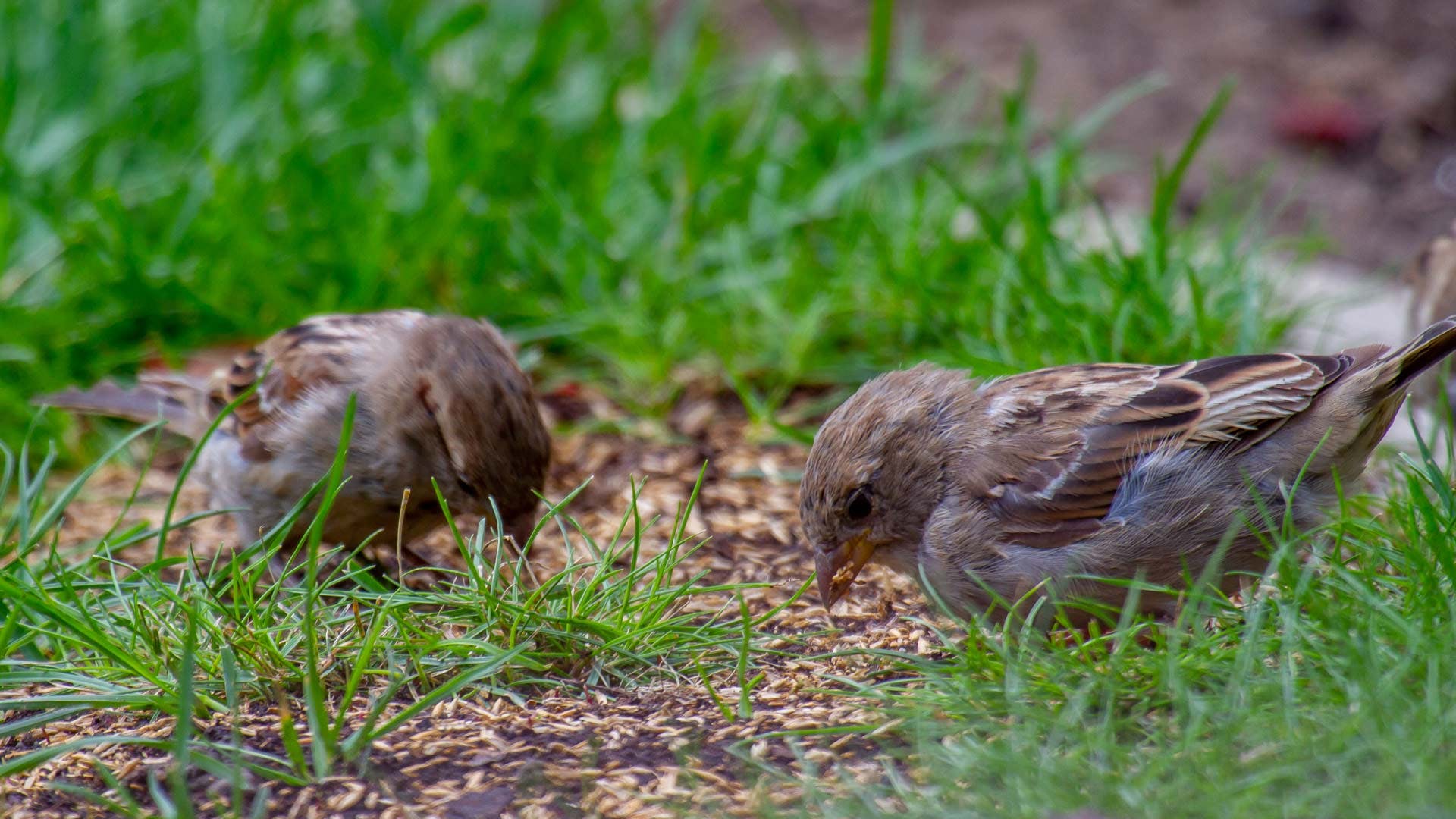
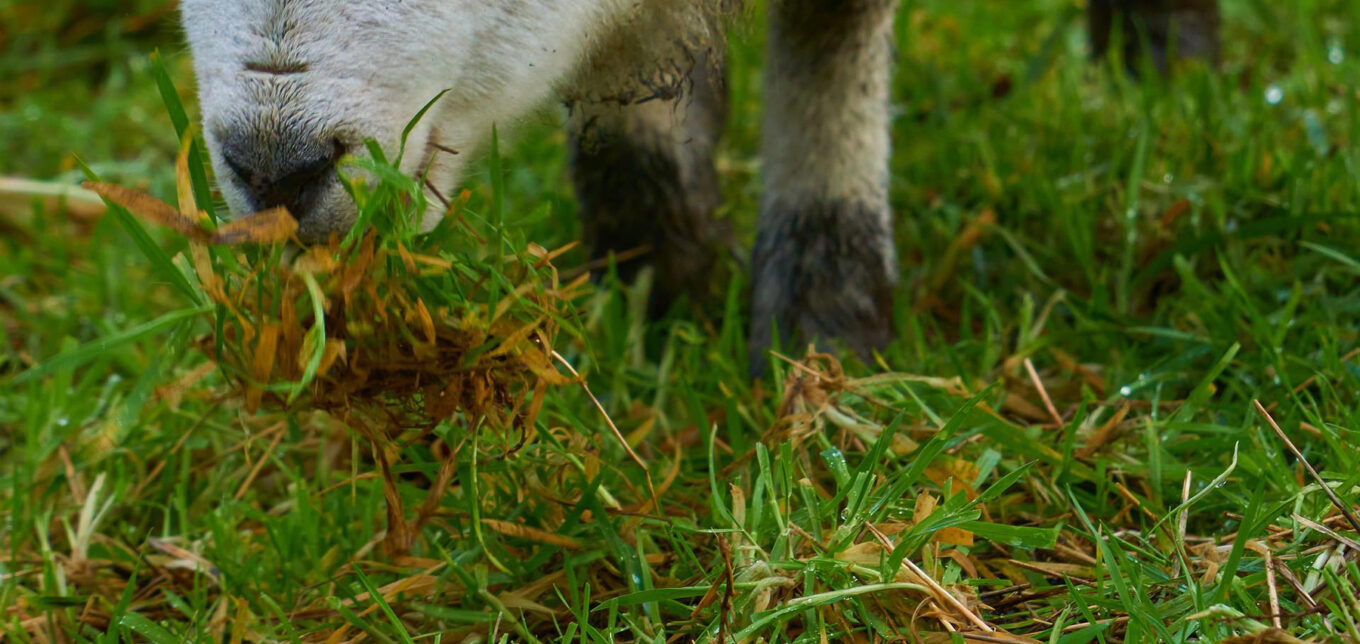
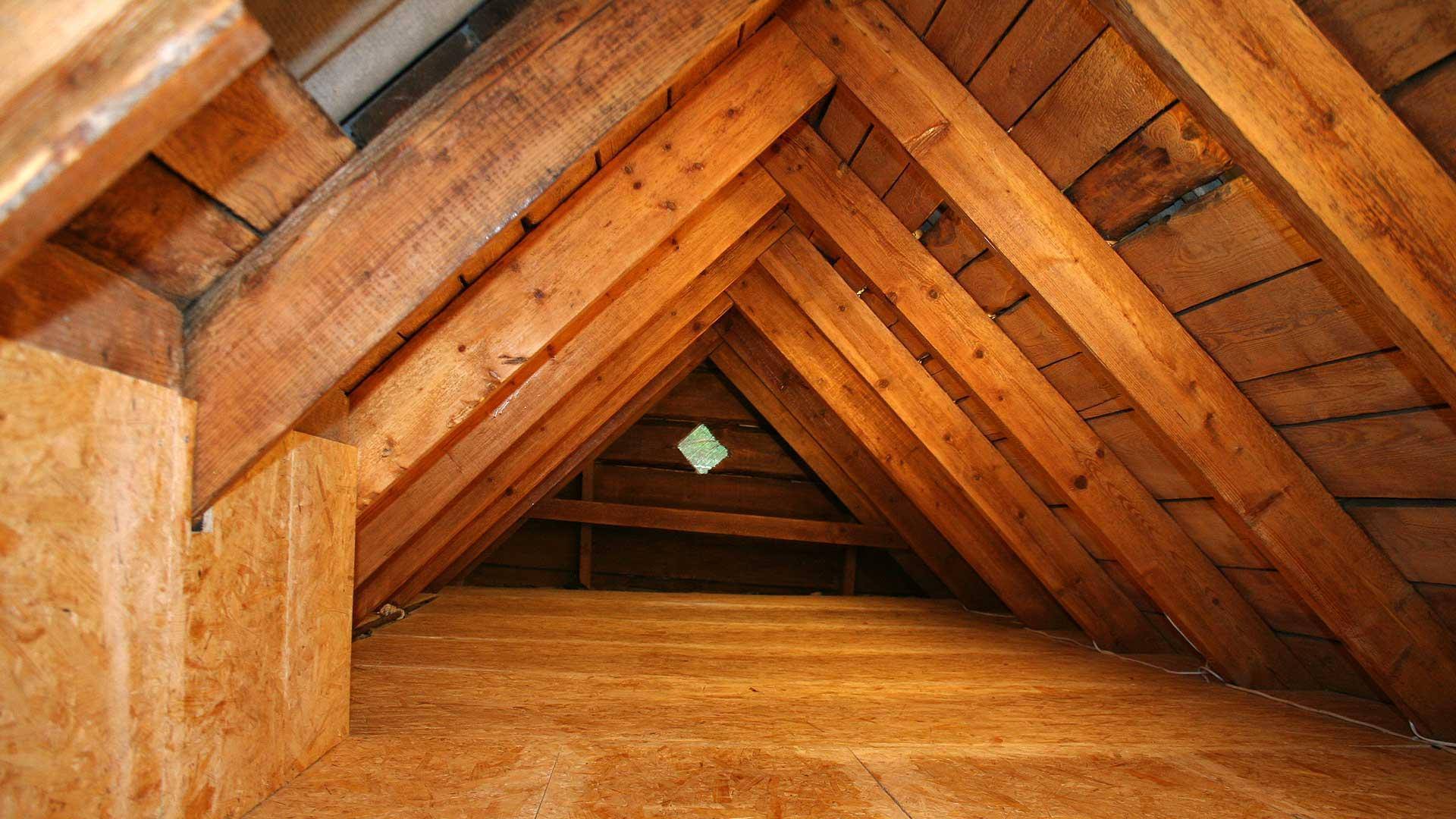




0 thoughts on “What Do Mice Eat In The Attic”